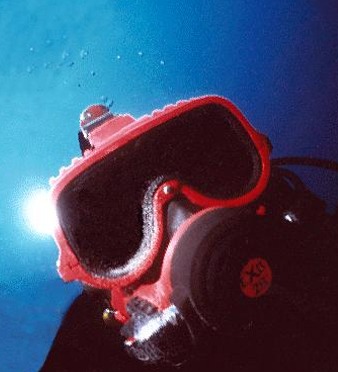
Liquid Breathing
A lot of you I am sure have seen the movie "The Abyss". If not then it doesn't matter but what is important however, is one of the diving techniques that they use. This technique is called Liquid Breathing. Until not long ago, people thought that this was fictitious and was not possible but in fact it has been around for a lot longer than you might think!
The general type of liquid used by the US Navy and other Navies in the world generally have a perfluorocarbon type composition. The type of halide attached onto the molecule depends but it is either fluorine or bromine. However, the only problem associated with using bromine is that it is a very strong greenhouse gas but it could be regenerated through special filters and rebreathers.
ADVANTAGES
It seems like an odd concept but:
1- Due to its density, Liquivent (marketed name for liquid breathing liquid) can carry as much as 25 times as much oxygen than blood and it has enormous potential for patients with lung and breathing disorders.
2- If fluid is taken into the lungs whilst diving, then the pressure in the body could match that of the pressure of the surrounding water. Thus breathing would be easier and lower concentrations would only be needed.
3- Thus, this would also eliminate the need for decompression and its inherent problems i.e. nitrogen narcosis and the bends.
4- A given volume of oxygen-saturated fluorocarbon contains 3 times as much oxygen as the same volume of air or whole blood.
5- According to the movie "The Abyss", the deepest suit dive was to 4800ft which is equivalent to about 300atmospheres of pressure! Tests with mice have been done at pressures of up to 8000ft.
HISTORY
This concept originated in the mid 60's when Dr Kylstra a physiologist realised that salt solutions could be saturated with oxygen at high pressures. However, after several experiments he concluded that this mixture becomes toxic due to the build up of carbon dioxide. Therefore, a new mixture that could be saturated with oxygen and get rid of carbon dioxide quickly and efficiently had to be thought of.
After further experimentation in 1969, Dr Clark realised that oxygen and carbon dioxide were very soluble in fluorocarbon liquids like freon. Assuming the lungs could cope with this material, Dr Clark figured that these fluorocarbons could support respiration of animals.
